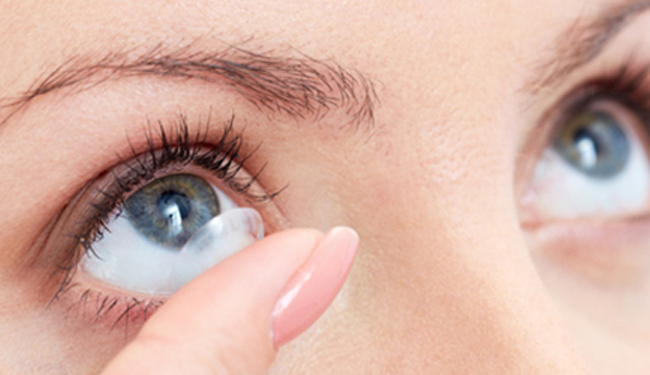ONLINE CONTACT LENS EXAMS — BEWARE!

Contact lenses are not “one size fits all.” As explained in a recent article in Contact Lens Spectrum, “Evidence-Based Contact Lens Recommendation,” contact lenses are medical devices that require skill to fit. We eye doctors are deeply disturbed by online services that offer eye “exams” and contact lens “exams” with prescription renewals. These tests merely estimate prescriptions and are not accurate. One such site offers these services “at home, in your sweats, without talking to anybody.” Patients who use these services risk, at the very least, getting the wrong contact lenses, or at worst, damaging their eyes. The FDA recently ordered one such company to remove its online eye exam, and the American Optometric Association recently petitioned the FDA to shut down another company’s online contact lens exam service.
There are numerous variables to consider when prescribing contact lenses, whether fitting patients or evaluating their experience with current contact lenses. I gather an extensive amount of information from the patient — history, symptoms, lifestyle, environment — and I evaluate these factors after assessing the patient’s tear film, lid parallel conjunctival folds, ocular surface and eyelids. This information helps me determine not only the prescription required for optimum vision correction, but the brand and material, and whether to recommend reusable vs. disposable contact lenses.
Contact lens exams need to be done every year. Depending on a patient’s age and medical profile, contact lens exams need to be combined with a complete eye exam every one to two years.